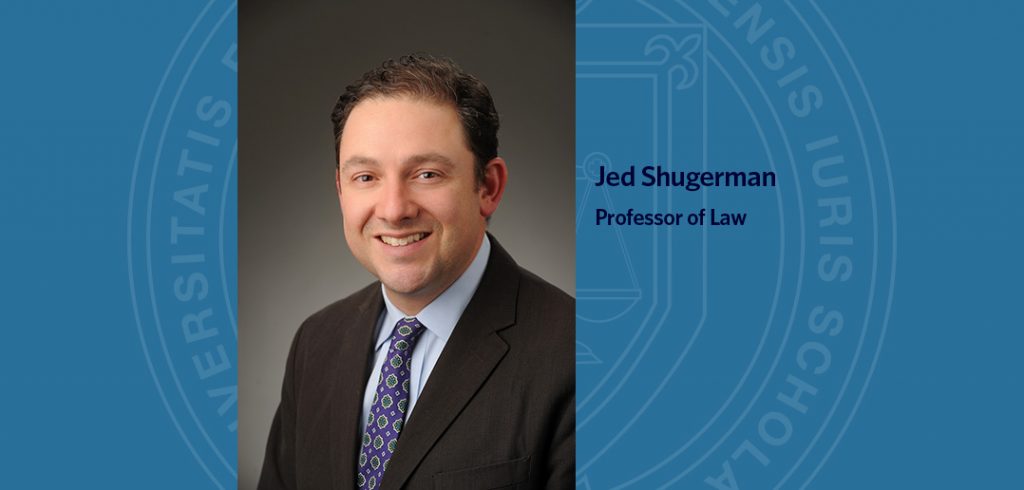Professor Jed Shugerman wrote an op-ed on mail-in and absentee voting and the different legal scenarios surrounding votes that could emerge in the 2020 presidential election for TIME.
In our own lifetimes, we have witnessed an election with an unprecedented recount problems and a partisan delay strategy. In 2000, it was hanging chads in Florida. In 2020, it could be millions of mail-in and absentee ballots in every swing state, with signatures and deadlines that can be used for delay past the Electoral College deadlines.
In 2000, the Supreme Court decided the election before all the ballots were counted. In 2020, there could be a different undemocratic twist overriding the voters: If recounts are delayed and the Electoral College does not produce a certified majority by early January, the 12th Amendment could allow House Republicans to put Trump back in the White House.
The solution? Any voter who is a relatively low health risk should vote early in-person, even in relatively safe states.
…
Trump will have a similar incentive to delay and run out the clock on the Electoral College. He is likely going to have a temporary lead on election night before the millions of mailed ballots are counted. This is another reason to vote early in-person if you can: Early in-person votes will be counted on Election Day, while the counting of mail and absentee ballots varies from locality to locality, and is often delayed for a while. Election night momentum is crucial. Some predict a “red mirage” on election night because of the partisan split on same-day vs. mail voting, in which several Democratic strongholds will appear in the Trump column on election night. The more Biden votes are counted on election night, the more momentum Democrats will have on the map and in the math, and the less opportunity for Trump to cherry-pick and spin in bad faith.
Read the full article.

